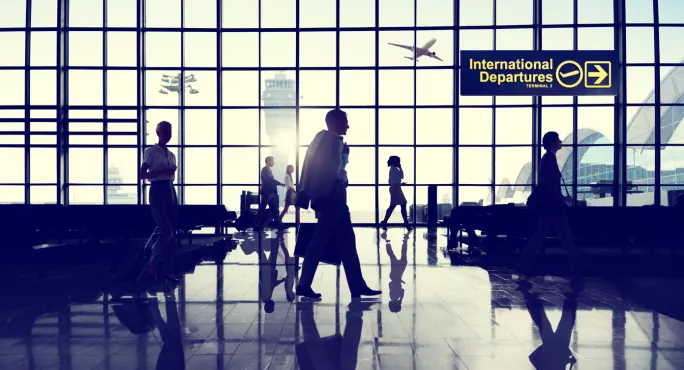One in four teachers ‘needed overseas by 2029’
Share
One in four teachers ‘needed overseas by 2029’
A quarter of teachers in the UK, Ireland, US and Australia would have to move abroad to teach in international schools each year up to 2029 to meet the sector’s growing demand, an expert has warned.
Liz Free, founding director of the International Leadership Academy at the British Schools in the Netherlands, said: "I have calculated that there are just over 4.5 million teachers in the UK, US, Australia and Ireland, the traditional recruiting countries for native-English-speaking international school staff.
Background: An extra 400,000 English-speaking teachers wanted
Exclusive: Could overseas training help England's teacher recruitment crisis?
Exclusive: Record number of independent schools expand overseas
"[ISC Research] estimates that by 2029 there will be 18,929 international schools requiring 1.03 million staff to service this demand. This is an unprecedented demand on the global workforce at a time of global shortage in domestic systems.
"Will one in four teachers from the UK, US, Australia and Ireland really work on the international circuit annually? Probably not. We need an urgent response to teacher supply globally."
Ms Free said that British teachers were in high demand overseas because 30 per cent of international schools offered the British curriculum, while A levels remained the fastest-growing qualification globally.
However, with domestic recruitment in the UK already under pressure, the sector may need to find another source of teachers beyond English-speaking countries, she added.
“We can’t rely on recruiting from the UK, Australia, US etc – those days have long gone," Ms Free said. "We will need to think differently about how and from where we source teacher supply for a doubling of the market in the next decade.
"Home-growing these teachers is a desirable option so we reduce reliance and cost of expatriate teachers while also building capacity locally.”
'Fundamental flaw'
The issue could potentially compromise the financial potential and the growth of the sector, according to Ms Free.
“It’s a fundamental flaw – you can’t grow unless you have got the people who can do a service delivery,” she said.
Supply and recruitment of teachers was a major concern at the Alliance for International Education (AIE) conference in Geneva, Switzerland, earlier this autumn, Ms Free said. In comparison, Brexit just got a few “giggles and laughs”, she added.
The ISC Research figures come from an analysis the organisation published in October.
Adjustments in the sample have led to an increase in the predicted number of teachers needed by international schools by 2029, from the 916,000 highlighted in a July data release to 1.03 million in the latest analysis.
New solutions needed
Nalini Cook, ISC Research's head of Europe research and schools relations manager, who presented the data at the AIE conference, said the continued growth of the international schools market would require new solutions for finding more qualified teachers.
"Some individual schools, school groups and organisations are already taking action,” she said.
She added that a wider recognition of this challenge by higher education institutions, expert providers and government bodies is still needed.
Recognition of international experience by state schools could also help to solve recruitment issues in both systems, Ms Cook explained.
“Recognition by state schools, particularly those in Britain, that many teachers who have worked in international schools are highly skilled with valuable experiences, and with significant knowledge of British curriculum and education standards is also necessary," she said.
“Repatriating teachers from international schools to the UK needs to be valued. This will encourage more teachers and leaders to return to education and the classroom in the UK. The talent pool needs to work both ways.”




